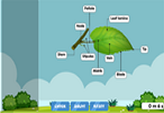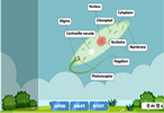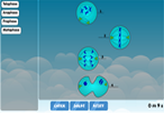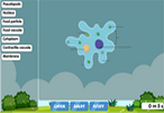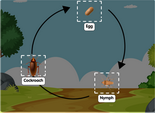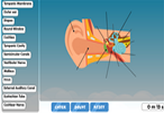Mitochondrion diagram labelling game
You’ve likely heard that the mitochondrion acts as the powerhouse of a cell more than enough times. Now we’ll peer into the complex structures that allow this organelle to produce adenosine triphosphate – or ATP - and thus supply its host cell with the energy to conduct its regular activities.
The structure of a mitochondrion is shaped like a rod and encased in a double membrane. Its outer membrane features tiny holes called porins through which various substances may come in or out. The inner membrane, on the other hand, has numerous folds called cristae.
By folding its surface, the mitochondrion can maximize how much space it has to synthesize ATP.
The inside of a mitochondrion is filled with a gelatin-like liquid called matrix. The matrix contains the organelle’s DNA, as well as the enzymes needed to convert food into energy for ATP production.
Aside from constantly creating ATP, the mitochondrion also performs several functions for the cell. For instance, creating energy also releases a lot of heat, which helps regulate the cell’s temperature. It also stores minerals like calcium.
Welcome to our mitochondrion diagram labelling game! Please feel free to make use of this resource to polish your knowledge on one of the most fascinating and essential organelles found in a eukaryotic cell.

